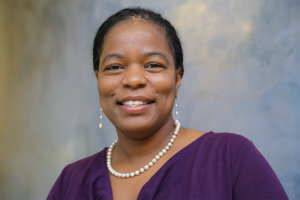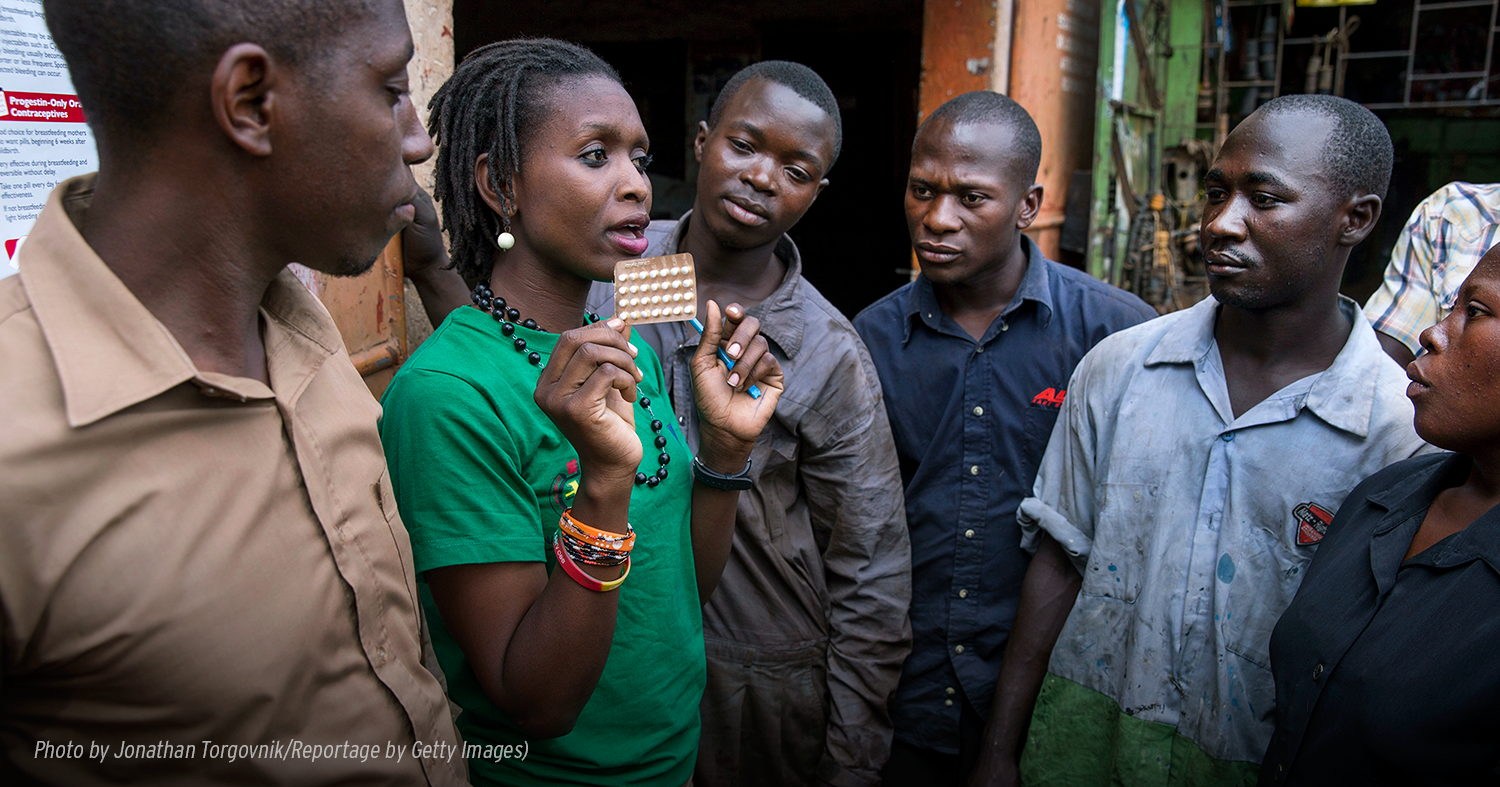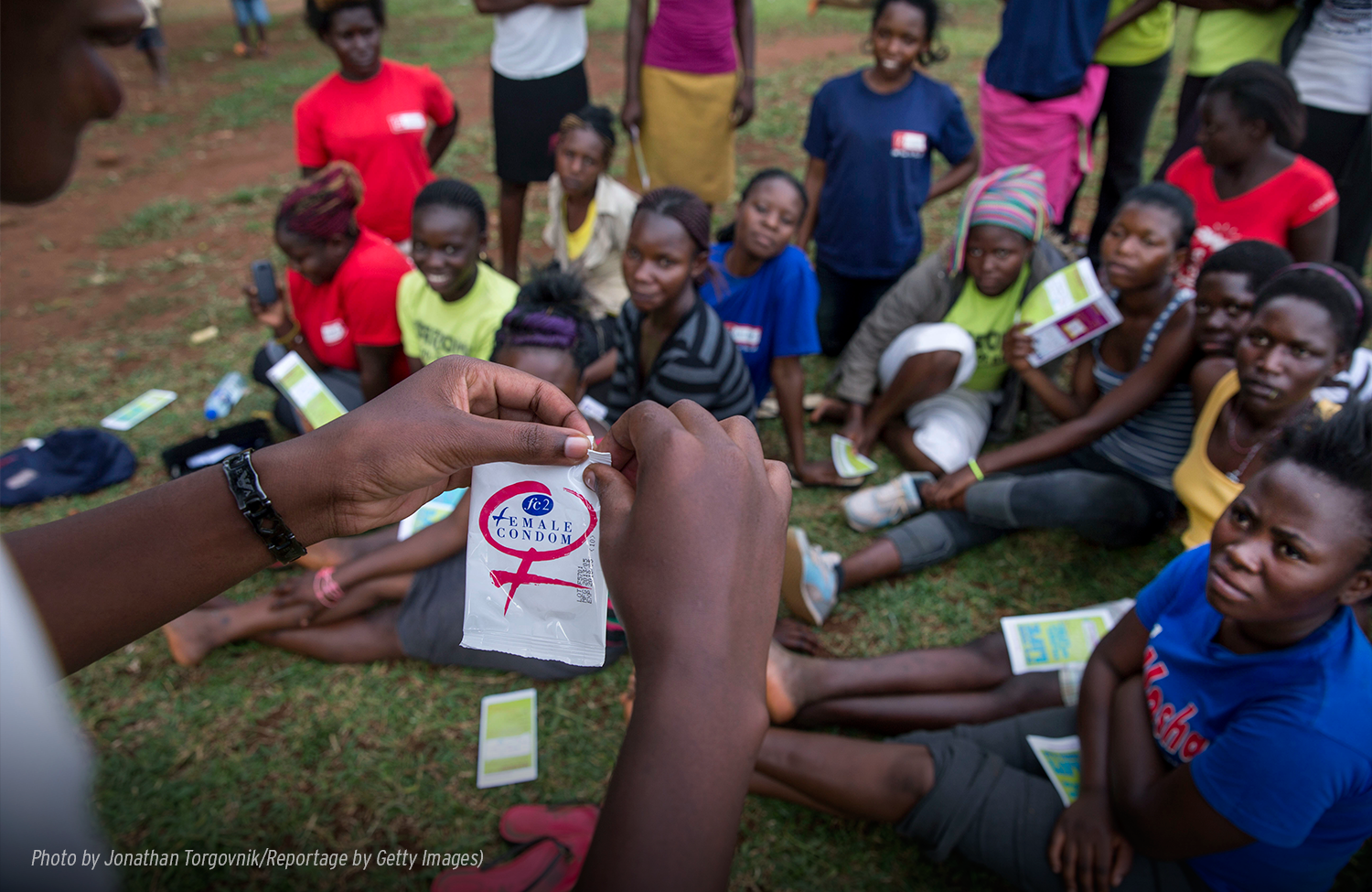 Produced by Women Deliver
February 6, 2017
Produced by Women Deliver
February 6, 2017
Sexual Rights Q&A with Latanya Mapp Frett of Planned Parenthood Global
 Sexual rights are grounded in human rights principles and include the right to live a sexual life free of inequality and discrimination. They include the right to personal autonomy and bodily integrity, the right to privacy, and the right to sexual health. While sexual health and rights are often linked to reproductive health, a clear understanding of sexual health and rights, independent of reproductive health, is critical to informing effective and inclusive policy and advocacy strategies.
Sexual rights are grounded in human rights principles and include the right to live a sexual life free of inequality and discrimination. They include the right to personal autonomy and bodily integrity, the right to privacy, and the right to sexual health. While sexual health and rights are often linked to reproductive health, a clear understanding of sexual health and rights, independent of reproductive health, is critical to informing effective and inclusive policy and advocacy strategies.
Unpacking the sometimes elusive topic of sexual health and rights is the first step towards progress. With this aim, President/CEO Katja Iversen spoke with Latanya Mapp Frett of Planned Parenthood Global, the international arm of PPFA, an organization known for championing the sexual and reproductive health and rights of people everywhere.
Katja: As Executive Director of Planned Parenthood Global, you work to ensure that people in some of the world's most neglected areas have access to the services they need to protect their sexual health and determine their futures, especially girls and women. How are sexual health and rights fundamental to gender equality?
Latanya: We cannot achieve gender equality without ensuring access to sexual and reproductive health and rights (SRHR) for all people. There is a positively correlated relationship between access to SRHR and gender equality where you can’t have one without the other. And further still, it’s not a zero sum game. There is no push and pull between women and men on this. What I mean by that is, improving SRHR access for women helps people of all genders. I think that’s an important way to view this, because too often when we talk about gender equality, we forget that men also stand to benefit when we lift up women’s health.

Katja: A major obstacle to sexual health is the prevalence of sexually transmitted infections (STIs), which affect 200+ million women every year. The face of HIV/AIDS today is the face of a woman – way too often, an adolescent girl. Indeed, nearly 2/3 of all new HIV infections in adolescents are among girls. How do we begin to tackle the problem, and its related gender imbalance? And how do we involve men in the solutions?
Latanya: I think it starts first with that recognition that girls and women are uniquely vulnerable to STIs including HIV/AIDS, and that any strategy addressing HIV/AIDS and other STIs must center the needs of women and girls to be truly effective. Though women and girls represent an increasingly disproportional share of the burden, many services remain unavailable to them. Even when services may be available, they remain inaccessible when not enough attention is paid to the cultural barriers women face. From the policy level all the way down to the grassroots, women are not always included in the planning and implementation of these strategies, and this is where we need to start. One way for men to be involved in the solution is to listen to women’s needs and really work to address them. Even the individuals at the policy level are bound by cultural norms and expectations, and in some cases, this can silence women’s voices. Men can and should speak up, especially to provide insight on how to reach and message to men and boys. But we must also learn to prioritize women’s insights because they are experts on their own experiences.
Katja: Half of the world’s population is under the age of 30, yet we still aren’t reaching them properly with stigma-free health care and comprehensive sexuality education. Why is this? What is holding us back? And what are some concrete examples of youth-focused initiatives that work?
Latanya: Believe it or not, it still seems impossible at times to make the point that teenagers may be sexually active and that access to sexual and reproductive health care is their right. Due to a wide range of cultural and religious hang ups, youth access to comprehensive reproductive healthcare is still something that we are fighting for. One way Planned Parenthood Global invests in the next generation of leaders is through the Youth Peer Provider model that trains young people not just to provide information and referrals, but also to provide contraception to their peers. We’re not just talking about condoms, but also birth control pills. Planned Parenthood Global has supported partners to reach more than two million adolescents and youth with sexual and reproductive health information and services since 2012, more than twice its original goal. Last year alone, Planned Parenthood Global supported partners in training more than 1,300 Youth Peer Providers to provide basic contraceptive counseling and consistent contraceptive access to their friends, classmates and peers across Africa and Latin America.
"Believe it or not, it still seems impossible at times to make the point that teenagers may be sexually active and that access to sexual and reproductive health care is their right."
Katja: With the recent reinstatement of the Global Gag Rule, the landscape of sexual health services in many parts of the world will change. How do you see it impacting the progress for girls and women made in recent years? And what actions should be taken to fill the political and funding gap so that girls and women are not left without essential care and support?
Latanya: The decades-long, back-and-forth history of the Global Gag Rule has highlighted not only the futility of anti-abortion policies, but the great destruction they have on women’s health and the ironic effect they have of actually increasing unplanned pregnancies and therefore unsafe abortions. With the newly expanded version of the policy, the threat to girls, women, and really all people around the globe is even greater as global health funding writ large is held hostage. Unfortunately, some organizations will feel coerced to bow to the policy, and they may cut comprehensive family planning services in order to hold on to their funding. This loss in services, as seen in the past, will likely translate to a loss in lives as well. And for organizations that defy the order, they will lose vital funding that, if not compensated for, may also result in lives lost. As global health advocates, we must strive to meet the funding gap and we must also continue to push our government to disown policies like the Global Gag Rule that have proven to be destructive and deadly.
Katja: Now this can all sound rather depressing, but sexual health and rights are also things to celebrate! How does sexual wellbeing go hand in hand with mental, emotional, physical wellbeing?
Latanya: In many ways, sexual wellbeing is a combination of all those other things. Sexual and reproductive health is encompassed within physical health – we want to minimize infections, promote nutrition, and we even screen for certain cancers. But of course our sexual identities and behaviors are very much influenced by social factors. Some are very large, dominant influences, like culture and religion. Others are more interpersonal in nature, like our relationships with our family and friends and sexual partners. It’s clear our mental and emotional health is also at stake when we talk about sexual wellbeing. So, far from being a specialized issue, sexual and reproductive health is really fundamental to who we are. We shouldn’t be shy speaking about it.



